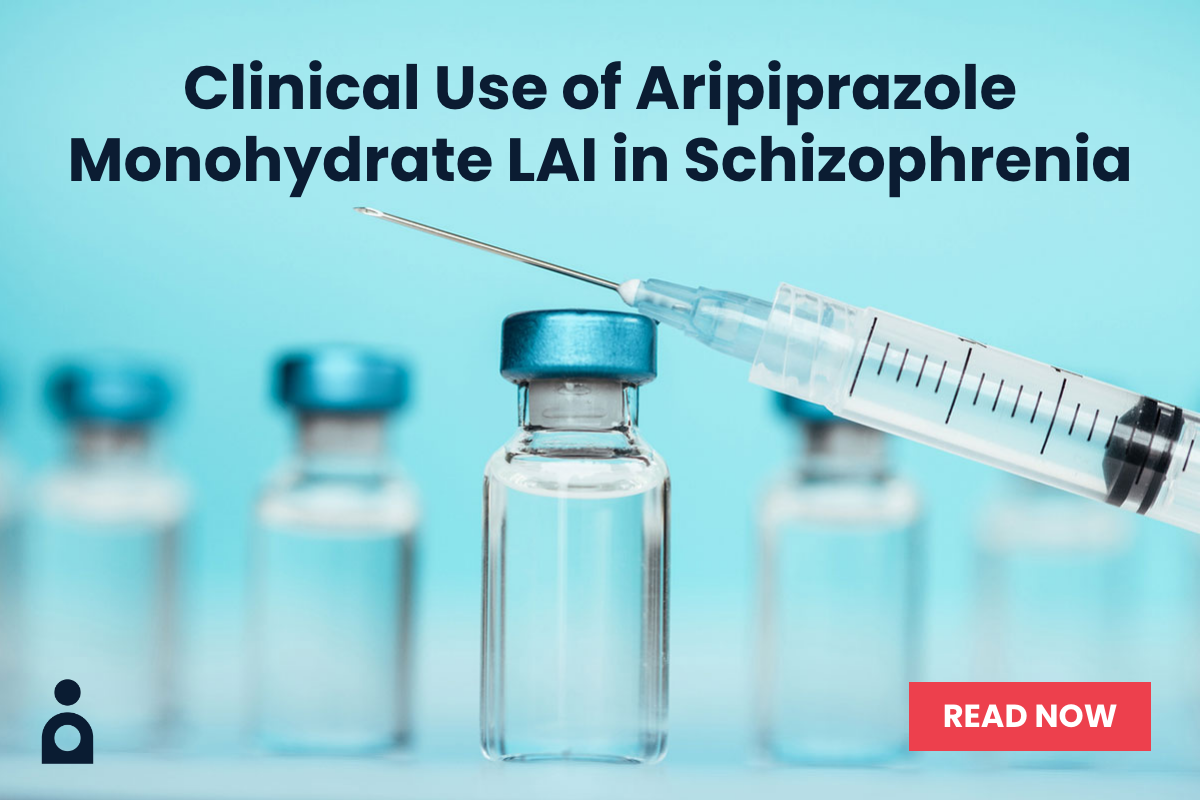Objective: Second-generation antipsychotics (SGAs) are far more commonly used in the United States compared to first-generation antipsychotics (FGAs), but the relative safety of SGAs compared to FGAs following acute toxic ingestions has not been studied.
Method: A retrospective cohort study was performed by chart review of the California Poison Control System electronic database of 1975 cases from the 10-year period 1997 to 2006 involving patients aged 18 to 65 years who ingested a single SGA or FGA. Cases were coded for overall severity of adverse outcome as defined by the American Association of Poison Control Centers criteria and for presence of specific symptoms and treatments. Odds ratios were calculated between SGAs and FGAs for various symptoms, treatments, and outcome severity.
Results: Odds of a major adverse outcome or death were significantly higher for SGAs than FGAs (OR=1.71, 95% CI=1.09 to 2.71). Patients taking SGAs had higher odds of respiratory depression (OR=2.39, 95% CI=1.09 to 5.26), coma (OR=2.18, 95% CI=1.30 to 3.65), and hypotension (OR=1.80, 95% CI=1.23 to 2.63) compared to those taking FGAs but lower odds of dystonia (OR=0.12, 95% CI=0.08 to 0.19) or rigidity (OR=0.30, 95% CI=0.10 to 0.90).
Conclusion: SGAs appear no safer than FGAs in acute overdose. While neuromuscular symptoms appear less frequently with SGAs compared to FGAs, the relatively greater rates of central nervous system depression associated with SGA overdose may be more dangerous.
Please sign in or purchase this PDF for $40.00.

